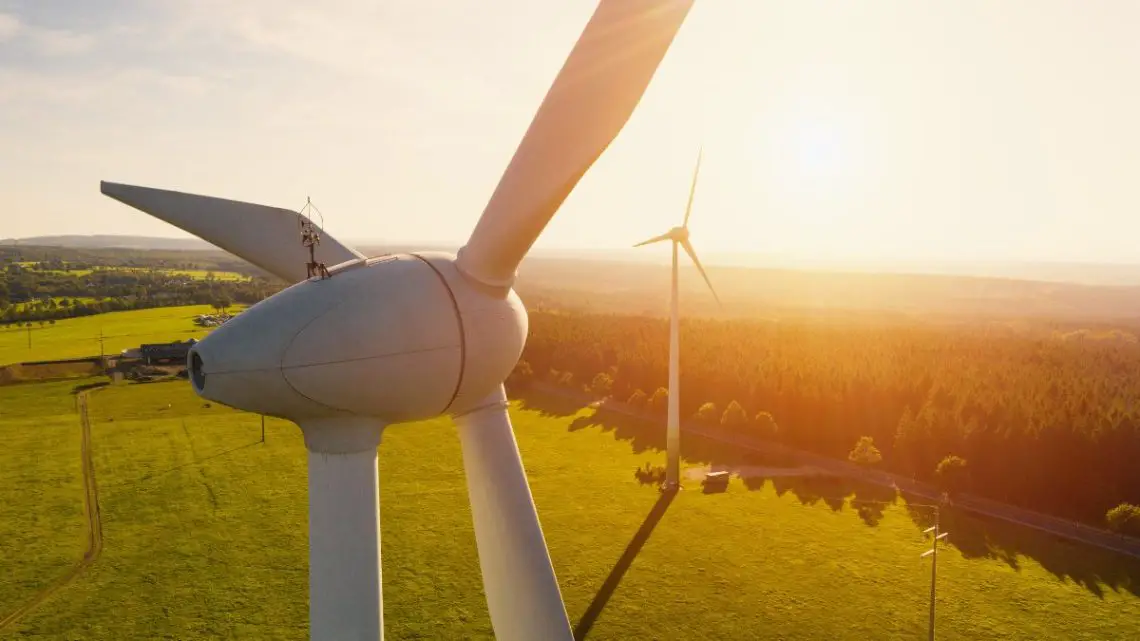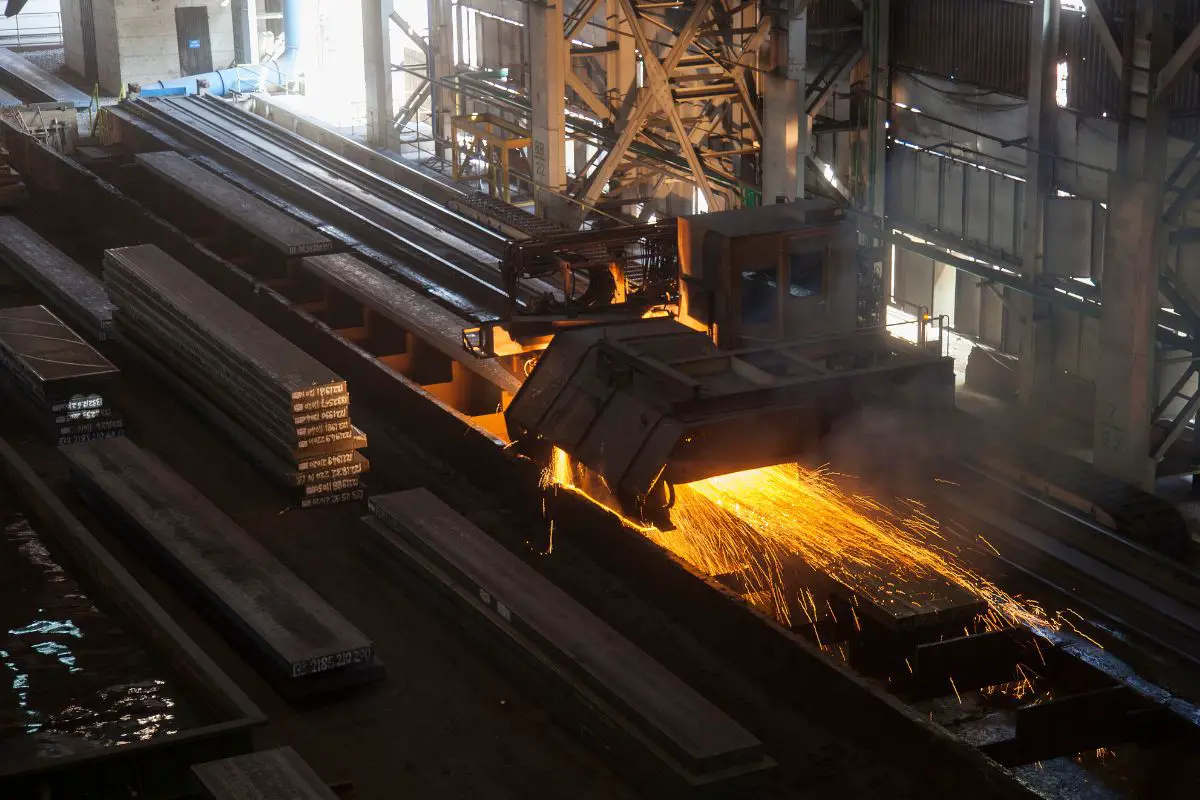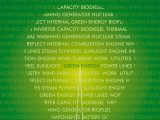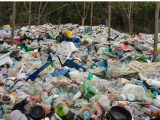
Wind energy is still 25.5 GW short of powering green hydrogen by 2030
July 6, 2022EU steel producers are interested in clean H2 but point to a shortage of renewable energy.
Even though steel producers in the European Union are interested in green hydrogen as a clean way to power their operations, wind energy is far from adequate to meet H2 production requirements.
The green steel industry would require 150TWh of renewable energy by 2030.
Half of the 150 TWh of renewable energy would be needed specifically for the production of the green hydrogen, said the industry. This means that H2 production for green steel manufacturing would consume more than half of the wind energy capacity increase target in the European Union’s REPowerEU package, according to estimates released by both the wind and steel making industries.

Therefore, green steel makers in the European Union are now calling for the installation of at least 31 GW of renewable energy capacity by 2030 in order to support their transition to lower-carbon steel production. Half of that would be for the production of renewable H2.
Green hydrogen is a central part of the steel industry’s strategy for decarbonization, which currently comprises 7.2 percent of greenhouse gas emissions worldwide.
Wind energy is needed to power green hydrogen production with carbon emission-free electricity.
The steel industry is focusing heavily on green hydrogen for its decarbonization because it is currently the only viable greenhouse gas emission-free energy option currently available to replace the high-emission natural gas and coke that are used to power the process of removing oxygen from iron ore. That said, there are two other electric processes under development by major organizations to provide more options, electrowinning and molten oxide electrolysis.
In steelmaking, other high-temperature processes can also be powered by electric-arc furnaces powered by renewable energy. The electrolyzers in the EU used to produce green hydrogen must be powered by renewable power such as solar or wind energy. According to Eurofer, a WindEurope trade body representing EU steel producers, an additional 31 to 49 GW of new onshore and offshore wind capacity above what is already installed. To power the green hydrogen production processes alone, 31 GW would be needed.



 HFN News is your leading source for fresh hydrogen and renewable energy updates. Amid the fast-paced growth of hydrogen companies, we provide top-notch news and insights about this exciting sector. Our coverage spans from hydrogen cars to global sustainable initiatives, and we highlight the latest in green jobs and developing hydrogen hubs. We invite you to share your local hydrogen news and explore today’s renewable energy job listings on our site. Thanks for choosing HFN News as your trusted guide to the hydrogen and renewable energy world!
HFN News is your leading source for fresh hydrogen and renewable energy updates. Amid the fast-paced growth of hydrogen companies, we provide top-notch news and insights about this exciting sector. Our coverage spans from hydrogen cars to global sustainable initiatives, and we highlight the latest in green jobs and developing hydrogen hubs. We invite you to share your local hydrogen news and explore today’s renewable energy job listings on our site. Thanks for choosing HFN News as your trusted guide to the hydrogen and renewable energy world!